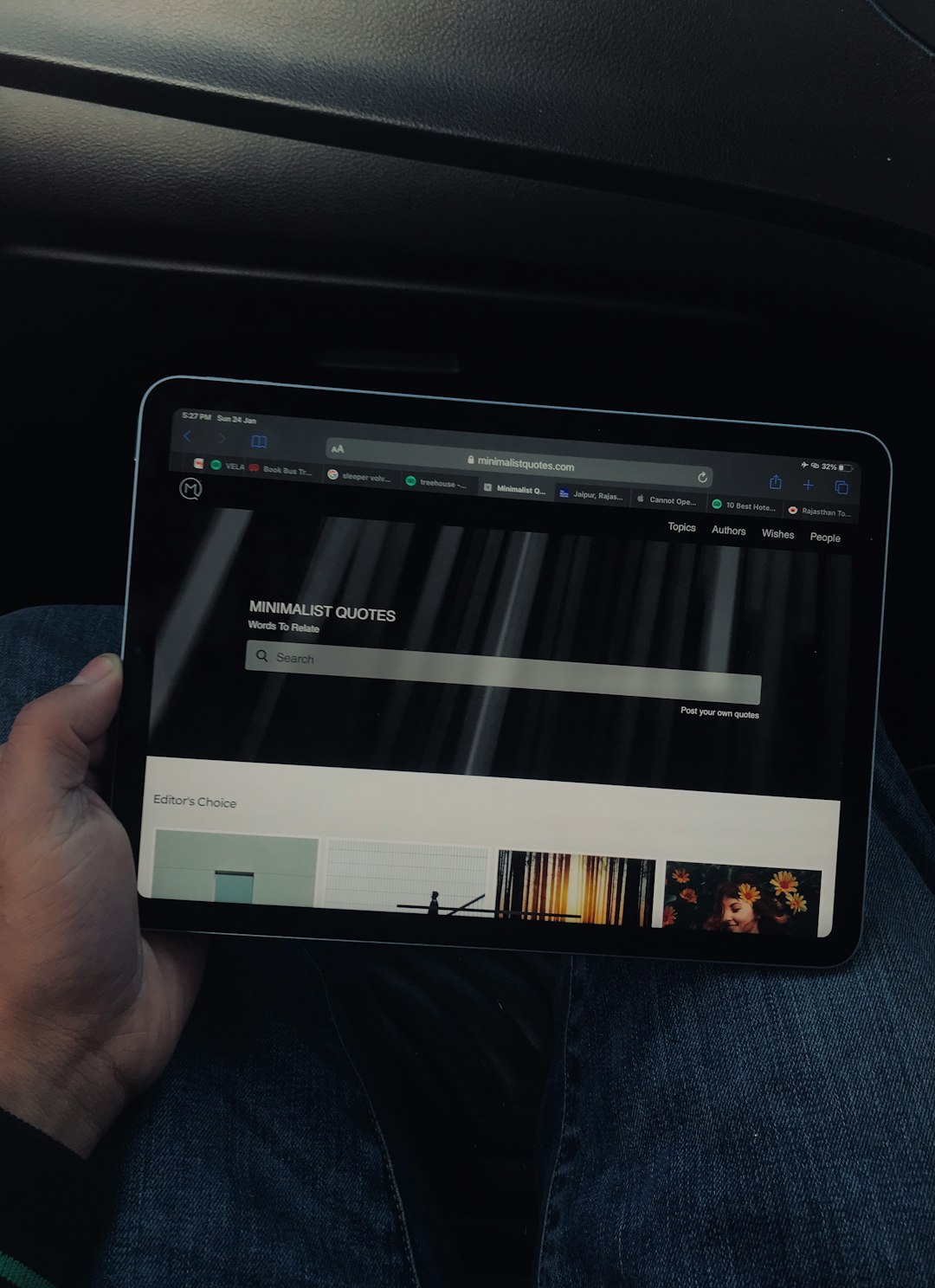We’ve all been there. You click a button, and… boom! An error message pops up. It’s confusing. It’s scary. It says something like, “Error 0x800704ec: Operation could not be completed.” What does that even mean?
Let’s be real—bad error messages are the worst. But good ones? They can be helpful, even friendly. Writing better error messages isn’t magic. It’s just good communication. And a little empathy.
Table of Contents
Why Error Messages Matter
Error messages are often a user’s first look behind the curtain. It’s the moment where the app says: “Oops, something went wrong!” But if that message causes panic or confusion, it makes things worse.
Great error messages lower stress. They build trust. They guide users back on track without making them feel dumb.
What Makes a Bad Error Message?
Let’s start with the villains of error messaging. These are the “what-not-to-do” examples:
- Too technical: Unless your user is an engineer, don’t use error codes that need decoding.
- Too vague: Saying “Something went wrong” tells them *nothing.*
- Too scary: “Critical Error” or “System Failure” may not be that serious—but they sure sound like it.
- No next step: If the user doesn’t know how to fix it, they’re stuck.
If your message fits any of the above, it’s time to rewrite it.
Tips for Writing Better Error Messages
Okay, time to become an error-message hero. Here are some easy ways to write messages people actually understand—and even appreciate.
1. Use Human Language
Talk like a friendly human, not a robot. Say:
- “We couldn’t upload your file. It might be too big.”
Instead of:
- “Upload process failed due to error code 503.”
2. Be Clear About What Went Wrong
Let users know what just happened. Did they forget to fill a field? Did the internet drop?
Good:
- “Please enter your email address before submitting.”
Bad:
- “Invalid input.”
3. Suggest a Solution
Don’t leave them hanging. Give them a way back.
Better examples:
- “Your password must be at least 8 characters.”
- “Try refreshing the page or checking your internet connection.”
Think of this like giving directions rather than just pointing at a “Road Closed” sign.
4. Keep It Short
Say what’s needed, and stop. Error messages aren’t the place for novels.
Avoid this:
- “Your form submission failed because at least one required parameter was either missing or incorrect. Please verify your input and try again.”
Try this:
- “Please fill out all required fields.”
5. Use a Friendly Tone
A soft tone can turn frustration into understanding. Like:
- “Oops! Something went wrong. Let’s try that again.”
Instead of:
- “Operation failed.”
That little bit of warmth makes a big difference.
Examples of Great Error Messages
Let’s look at some real-world examples you can learn from.
Slack
When Slack goes offline, it shows a message like:
“We’re having trouble connecting. Check your network or try again later.”
It’s clear, helpful, and calm. That’s the sweet spot.
Ever searched for something and got nothing? Google says:
“Your search did not match any documents. Try different keywords.”
It hints that the user can fix it—no drama, no panic.

Common Types of Errors and How to Handle Them
Let’s break it down by category. Different errors need different styles.
Form Errors
- Bad: “Invalid input.”
- Better: “Looks like your phone number is missing digits.”
Network Errors
- Bad: “Cannot connect to server.”
- Better: “No internet. Please check your connection.”
Permission Errors
- Bad: “403 Forbidden.”
- Better: “You don’t have permission to view this page.”
404 – Page Not Found
- Bad: “Error 404.”
- Better: “Hmm, we couldn’t find that page. Try checking the link.”
Add a Little Humor (When It Fits)
If your audience is cool with it, a touch of humor can take the sting out of a mistake. Some apps even add images or animations to lighten the mood.
Example:
“Our squirrels chewed through the cables! We’re fixing it now. 🐿️”
But be careful. If someone just lost their work, jokes might not feel so funny.

Let’s Talk About Design
Great writing needs great design. Make error messages:
- Easy to spot: Use colors like red or yellow to catch attention.
- Placed well: Put the message near the problem (like a form field).
- Readable: Use simple fonts and good contrast.
And remember to check how they look on both desktop and mobile!
Don’t Forget Accessibility
Everyone should be able to understand your errors—including users using screen readers or keyboard navigation.
Make sure you:
- Use simple language.
- Include ARIA labels for screen readers.
- Don’t rely only on color to deliver meaning.
Accessible error messages are better for everyone.
Test, Test, Test
After you’ve written your error messages, test them!
- Do users understand what went wrong?
- Can they fix it easily?
- Do they stay calm and keep going?
Feedback from real users is gold. It helps you fine-tune your tone and timing.
Wrap Up: Make Errors Less Scary
Error messages are small moments of friction. But they can also be moments of connection. A well-written message shows your users that you care about their experience, even when things go wrong.
So remember:
- Write like a human.
- Explain what happened.
- Offer a solution.
- Keep it short and kind.
If you take the time to write better error messages, your users will thank you. Or at least, they’ll stop shouting at their screens. 🎉





